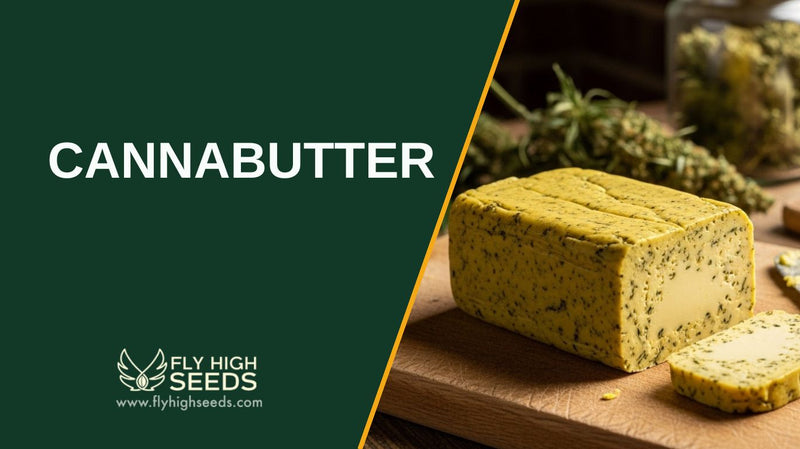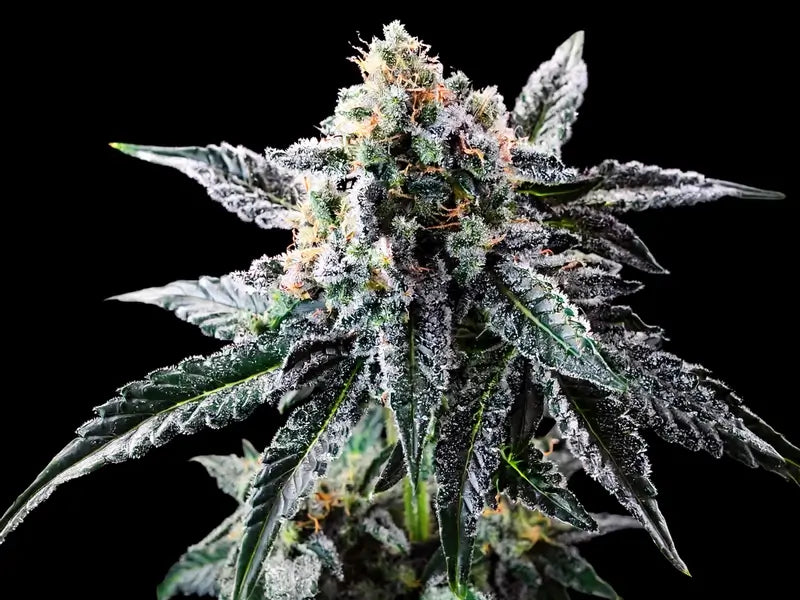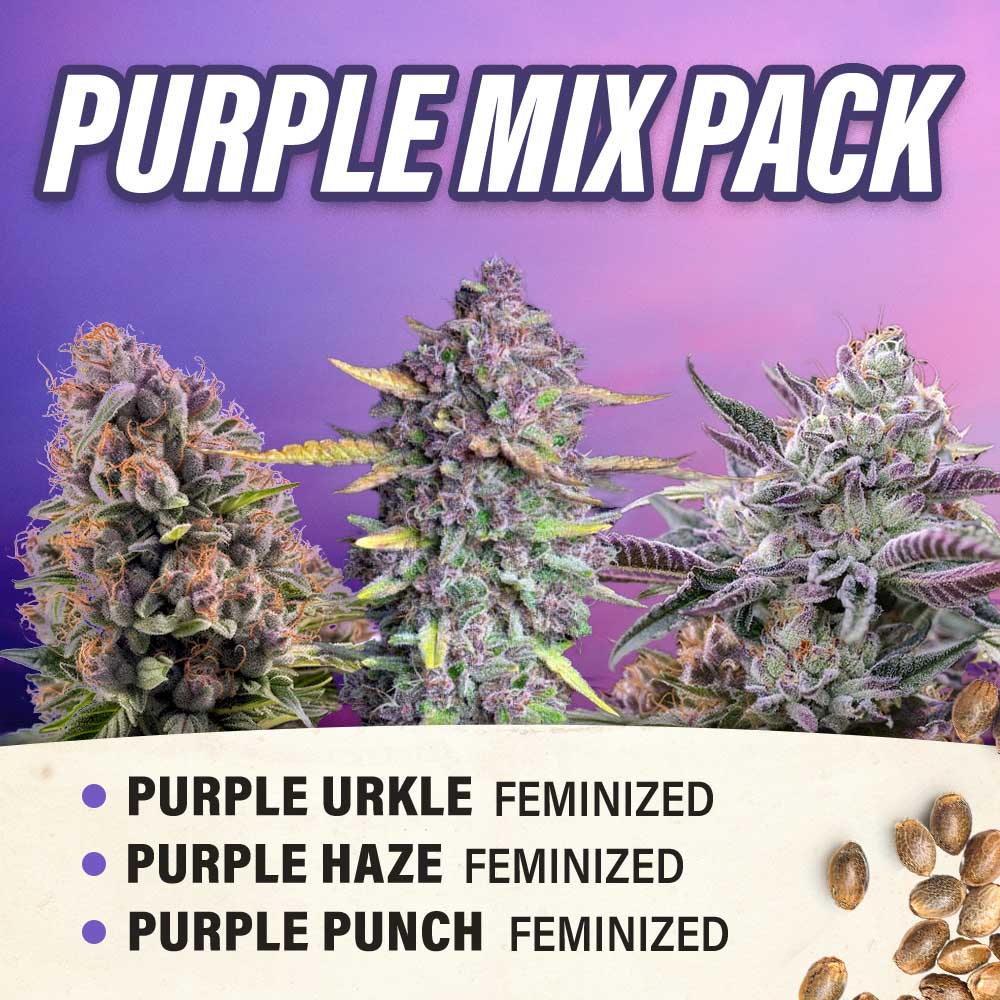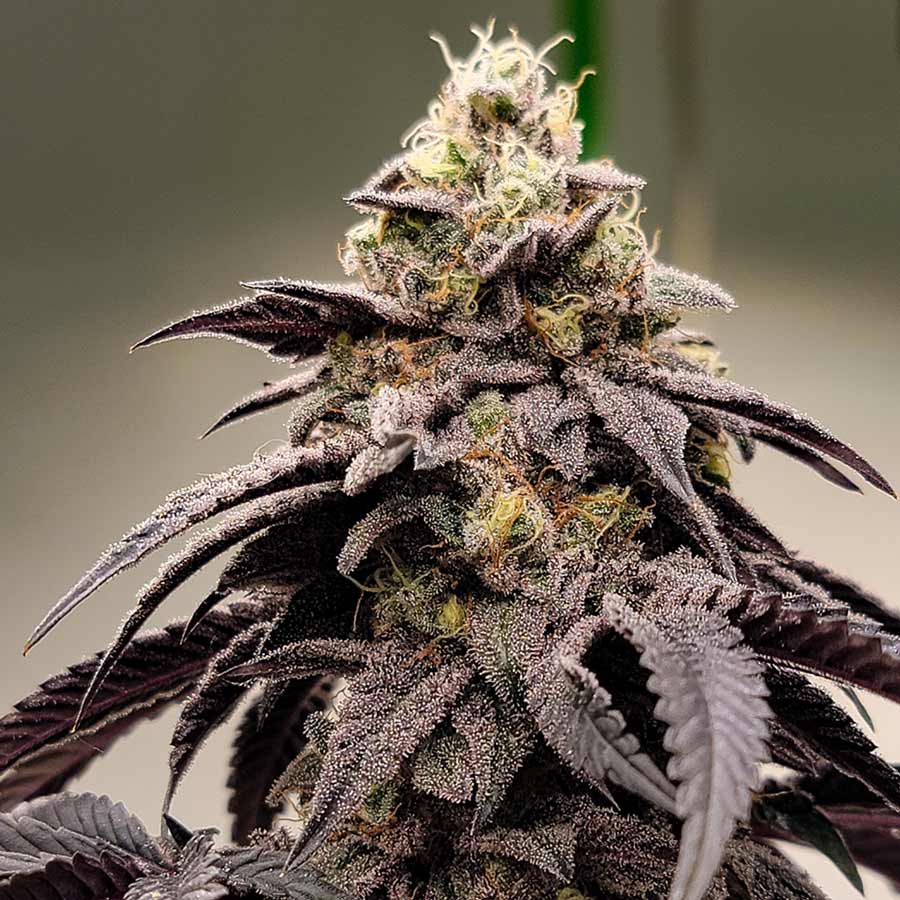Cannabutter: Managing Its 5 Uses and Helpful Benefits

For many people curious about homemade edibles, the journey often begins with cannabutter. It’s simple, versatile, and has a way of turning everyday baked goods or recipes into something more personal and enjoyable.
Whether you’re learning it for the first time or refining your own infusion process, learning how to make and use cannabutter can open the door to creative, flavorful, and mindful experiences in the kitchen.
What is Cannabutter?
Cannabutter is butter that has been infused with cannabis, usually by slowly heating butter and cannabis flower together so the cannabinoids bind to the fat.
Weed butter serves as the base ingredient for many homemade edibles, offering a simple way to add thc and other compounds responsible for effects into baked goods, meals, and snacks.
Cannabutter Uses
Cannabis infused butter is a flexible ingredient that makes it easy to bring cannabis into everyday cooking. From sweet treats to savory dishes, it offers plenty of ways to enjoy homemade edibles at your own pace.
- Baked goods – Perfect for brownies, cookies, cakes, or any recipe that calls for butter, adding a rich flavor and infusion of thc.
- Savory meals – Can be stirred into pasta, spread on toast, or melted over vegetables for a subtle, infused touch.
- Low dose snacks – A small amount can be spread on crackers or added to a simple snack when you want to keep dosing light and manageable.
- Infusion base – Works as a starting point for sauces, dressings, or even a crock pot recipe that benefits from slow cooking with butter.
-
Custom dosing – Lets you control relative potency by adjusting how much cannabutter you add to your recipe, making it easier to plan ahead.
Benefits of Cannabutter

Cannabutter isn’t just a kitchen experiment—it’s a practical way to make cannabis part of your cooking while giving you control over taste, potency, and variety. Beyond its role in baking and cooking, it comes with several benefits that make it a favorite for homemade edibles.
Easy to Incorporate
Because it replaces regular butter in most recipes, cannabutter is simple to use. Whether you’re following a cookie recipe or preparing a sheet pan dinner, it can be folded right in without requiring major changes to the way you cook.
Versatile in the Kitchen
It works well across sweet and savory dishes, giving you endless room to experiment. You can bake brownies, cakes, and other baked goods, or add it to pasta, spread it on toast, or melt it over vegetables for everyday meals with an infused twist.
Controlled Dosing
Making your own cannabutter allows you to decide how much plant matter goes into the infusion process. This gives you more control over the relative potency, making it easier to plan ahead and enjoy low dose snacks or stronger edibles depending on what the recipe calls for.
Longer-Lasting Effects
Edibles infused with thc often deliver effects that last longer compared to smoking or vaping. For many people, this provides steady relief that can last a few hours, making cannabutter a go-to option for consistent and extended experiences.
Cost-Effective and Customizable
Homemade infusions are often more affordable than store-bought edibles. You can choose your own cannabis flower or shake, pick your preferred fat like butter, coconut oil, or olive oil, and adjust the infusion process—whether in a saucepan, crock pot, or slow method—to match your taste and cooking style.
How to Properly Use Cannabutter
Using cannabutter in the kitchen is all about balance—getting the most flavor and benefit without overdoing it. A little planning goes a long way to make sure your edibles are enjoyable, safe, and effective. Here are some helpful tips and things to watch out for:
- Start with small amounts – When trying a new batch, begin with a low dose. The potency can vary depending on how much cannabis flower or plant matter was used in the infusion process.
- Mix well into recipes – Stir thoroughly to evenly distribute cannabinoids throughout the mixture, whether you’re baking cookies, brownies, or cooking with a saucepan. This helps avoid “hot spots” of stronger doses.
- Regulate temperature – Avoid cooking or baking at very high heat, as excessive oven temperatures can burn cannabinoids and reduce potency. Stick to recipes that bake at moderate heat.
- Strain carefully – Use a fine mesh strainer or cheesecloth to remove more plant matter after the infusion process. This prevents gritty textures and keeps the flavor smoother.
- Store properly – Keep cannabutter in an airtight jar in the fridge for regular use, or freeze for longer storage. This helps preserve potency and reduces smell over time.
- Plan ahead – Effects from edibles can take up to two hours to kick in and may last a few hours. Eat slowly, wait, and avoid adding more too soon.
- Avoid overuse – More isn’t always better. Adding too much cannabutter can overpower the taste of baked goods and make dosing unpredictable.
-
Experiment with fats – Regular butter is common, but you can also try coconut oil, olive oil, or vegetable oil for different flavors and infusion options.
Final Thoughts

Cannabutter is more than just an ingredient—it’s a way to bring creativity, control, and enjoyment into your kitchen. By learning the infusion process and understanding how to properly use it, you can make edibles that match your taste, lifestyle, and comfort level. Whether you’re baking brownies, cooking dinner, or experimenting with new flavors, a little preparation goes a long way.
If you’re ready to try it yourself, check out this simple cannabutter recipe guide to get started and make your own edibles at home.
Frequently Asked Questions
How long does cannabutter last?
When stored properly in an airtight jar in the fridge, cannabutter usually lasts up to two weeks. If you freeze it, it can stay fresh for up to six months. Just make sure to label the jar clearly and keep track of the date you made it.
Does cannabutter smell strong while cooking?
Yes, the infusion process often gives off a noticeable cannabis smell, especially if you’re using a crock pot or saucepan. To minimize odor, you can cover the pot tightly, cook in a well-ventilated area, or even use a slow cooker with a lid to contain more of the aroma.
Can I use trim or shake instead of flower?
Absolutely. While cannabis flower usually delivers stronger potency, trim or shake can also be used to make cannabutter. This is a cost-effective option and still provides enough cannabinoids to create homemade edibles.
What’s the best way to dose cannabutter in recipes?
Since edibles aren’t an exact science, the best approach is to start with a smaller amount of cannabutter and test the effects. Once you know how strong your batch is, you can adjust for future recipes. Many people will replace only half the butter a recipe calls for, which keeps flavor balanced and dosing more predictable.
Can cannabutter be reheated or re-melted?
Yes, but it’s important to reheat it gently. Use a heatproof bowl set over warm water or a saucepan on very low heat. Avoid high temperatures, as too much heat can burn cannabinoids and reduce potency.
Are there alternatives to butter for infusion?
Definitely. While butter is traditional, coconut oil, olive oil, and even vegetable oil are popular alternatives. Each option has its own flavor and fat content, which may change the infusion process slightly but still allows cannabinoids to bind effectively.



